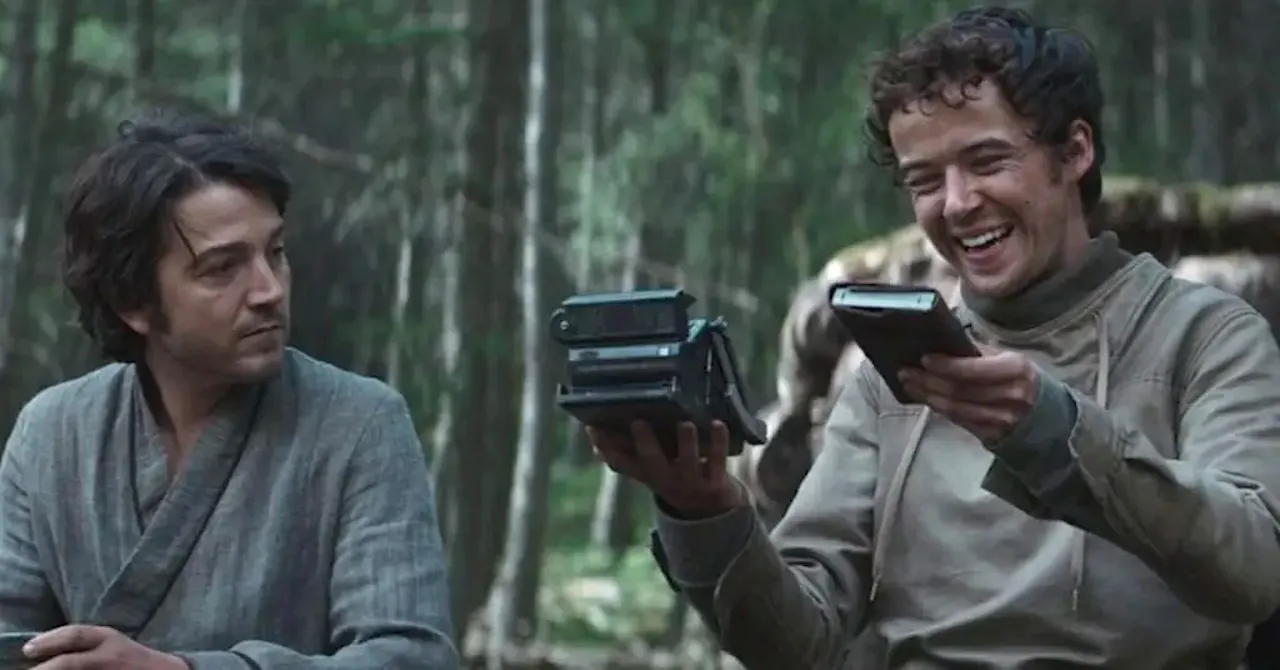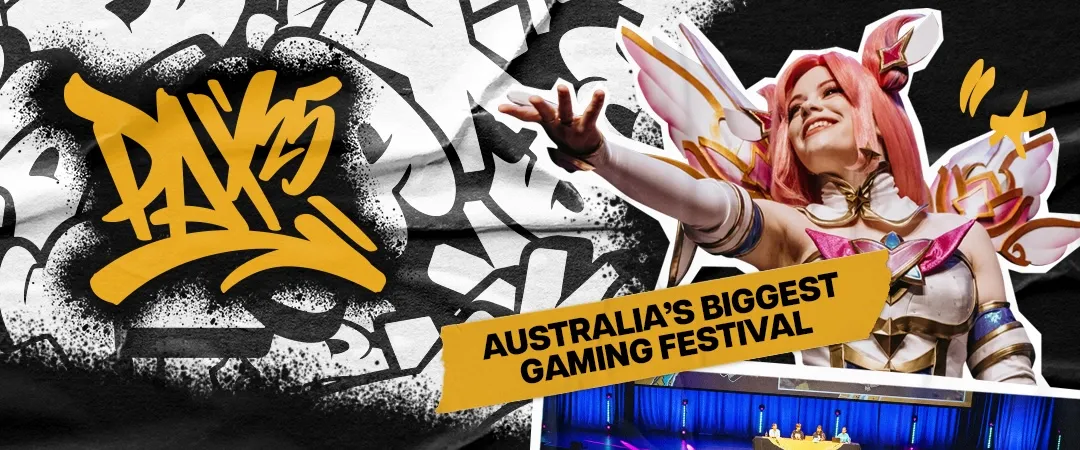Why I love Wynonna Earp (and why you might, too)
It's been a week since the final episode of Wynonna Earp, and I still can't get over how important this show was for LGBT fans.
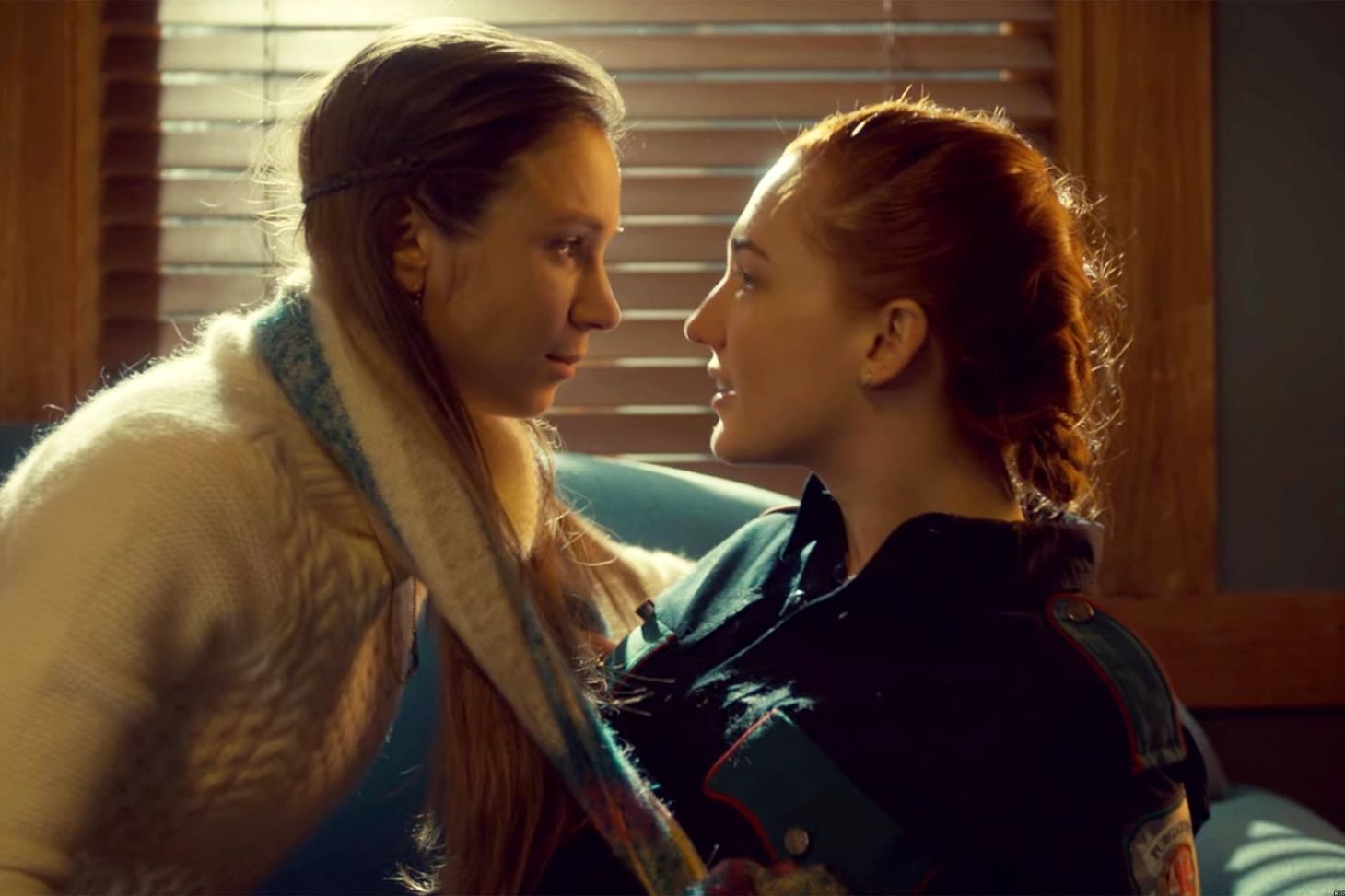
TV shows come and go. Most of them are just popcorn for the eyes that entertain you at the time, and are then quickly forgotten by all but the most dedicated fans. But sometimes there’s a show that comes along and just feels instantly special. Wynonna Earp was one of those shows.
For those who aren’t familiar with the series, it’s about Wynonna Earp (Melanie Scrofano), the descendant of famous gun slinger Wyatt Earp. He was cursed so that all the people he killed would come back as revenants (zombies+), and Wyatt’s heirs would have to kill all of the revenants to break the curse.
If the heir killed all the revenants with Wyatt’s gun before the revenants killed the heir, then the revenants would stay dead, but if they killed the heir first, then all the revenants would come back from the dead and start the process over again with the next heir.
The pilot starts with Wynonna coming back to her home town of Purgatory, ill-equipped to take on the responsibility of being the heir. Unlike most other “chosen one” media, Wynonna feels the intergenerational trauma of the curse, and is suitably messed up because of it.
Throughout the series she gains strength, allies, and an uneasy truce with her mental health. But at no point does she turn into the Perfect Saviour, become well adjusted, or attempt to fully hide the cracks in her psyche caused by her traumatic past and the weight of having to kill all the time.
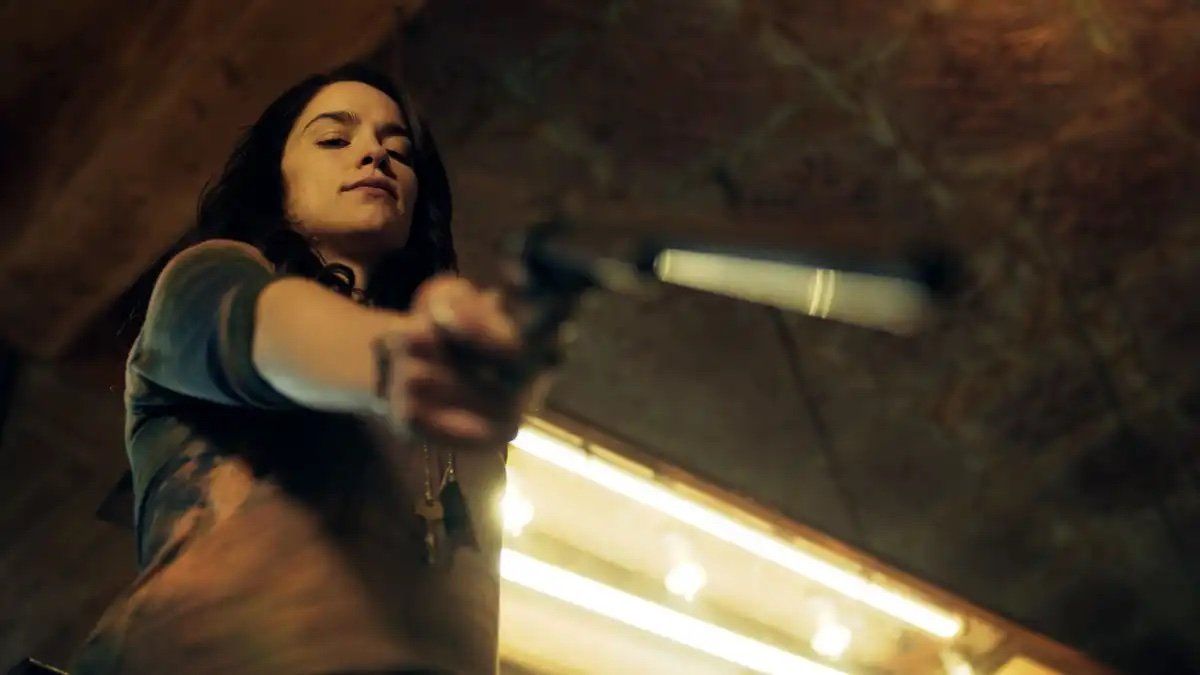
With Wynonna comes a cast of interesting and endearing characters, like Dolls, Nedley, Bobo Del Ray, Doc Holliday, and Jeremy, all of which have nuanced arcs and beautiful moments of light and darkness.
But, as a massive homo, I have to admit that the main thing that made me fall in love with this show, and stick around, was the incredible love story of Waverly Earp (Wynonna’s sister, played by Dominique Provost-Chalkley) and Nicole Rayleigh Haught (Kat Barrell).
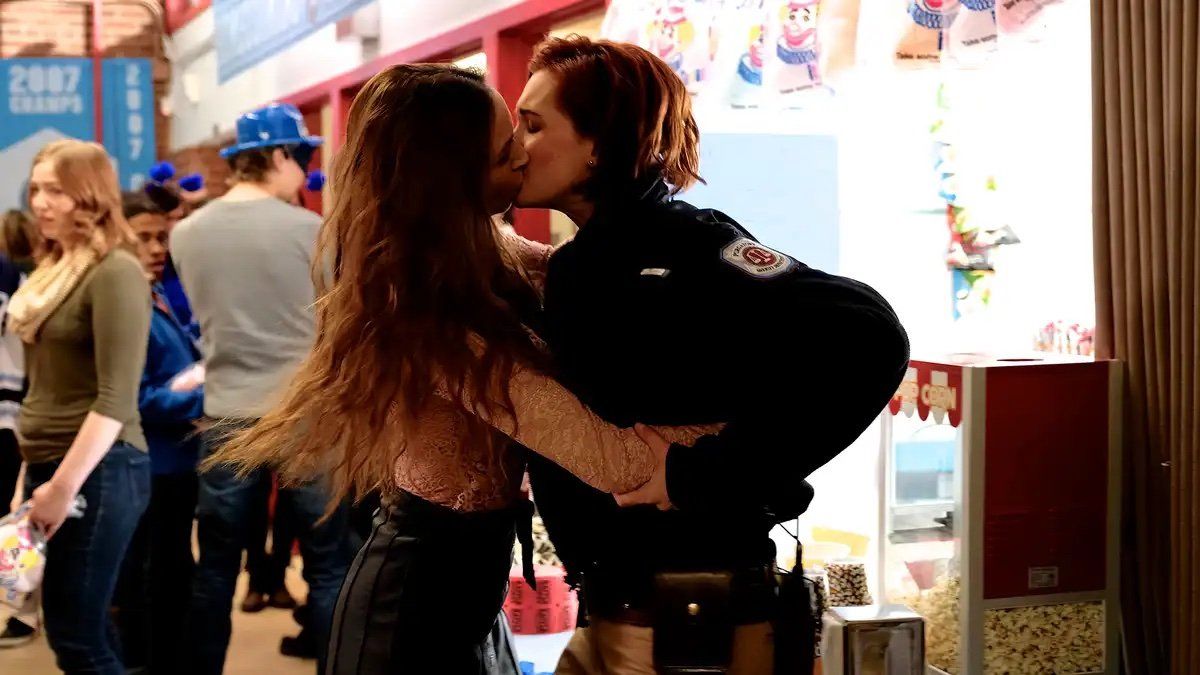
The show started in 2016, fresh on the heals of the Clexa debacle, which got the world talking about the bury your gays trope again. Queer fans were raw and hurt when they came to Wynonna Earp, which is why the late season one episode where Nicole gets shot and survives was so significant.
That was the start of Waverly and Nicole subverting and playing with all the tropes that usually plague queer female characters, taking them form something that can be a source of pain to a source of pure joy in a show filled with demons and complications.
That’s not to say they didn’t have their ups and downs – coming out in a small town, secret wives, surprise genetic complications and consequences of an unknown past made the ride of Wayhaught feel earned. But, all through it, Waverly and Nicole stayed loyal, adorable, in love and everything I’d always dreamed of seeing on TV. Waverly was the epitome of the adorable and capable bisexual, while Nicole was the lesbian with a lanyard in charge of any situation that a world in peril needs.
The show may have been about Wynonna, but Wayhaught was the fairy tale I wanted to see. I don’t want to give too much away, because I’m hoping that after you finish reading this you’ll go to Stan to watch the series in full. But I will say that a certain happy event in the series finale had me in floods of tears because of how far both these characters and queer representation in general had come in the last 5 years.
Outside my queer shipper dreams coming true, the show has strong feminism props, showing that women can be heroes without being The Ideal. Wynonna is strong, but she’s not a Strong Female Character, because she’s more well-rounded than that, and that’s so welcome.
Other “chosen one” media keeps their heroes perfect, prim, proper, and as teenagers who have sexual relationships with older men (showing you exactly who is in charge of steering those programs). Neither Wynonna nor Waverly were perfect (though, let’s face it, Waverly came pretty damn close). They got to explore their battles with mental health, society’s expectations, and demons, both metaphorical and literal.
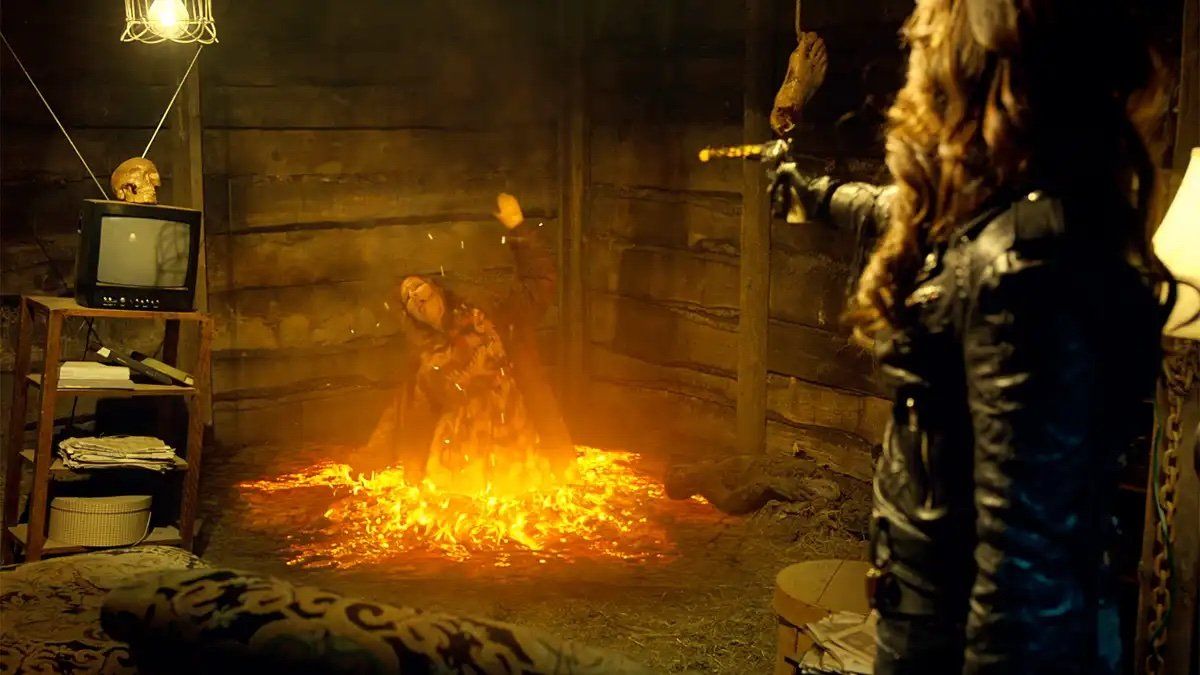
Sure, they perhaps didn’t wear enough clothes to account for the brutal Canadian winters. But their skimpy outfits somehow didn’t feel like they were for the male gaze. It’s hard to explain the difference between scantily clad for the male gaze vs the female gaze, but you know it when you see it, and I think this was it.
Wynonna Earp was a show that celebrated women without expecting them to be Nice and Safe. It flew between gritty realism, comedy, B-Grade horror and romance like it was nothing. With the possible exception of Legends of Tomorrow, I’ve never really seen that before. It’s for that reason, along with about a billion others, that I’m so pleased Wynonna Earp got to come back for a fourth season to tie things up (and provide fan service), and devastated that we won’t get a season five to see what happens next.
If you haven’t yet, I strongly recommend you watch the full series at your earliest convenience. It might not have always had the biggest budgets, best special effects, or the fanciest sets and costumes, but it is four seasons of some of the best genre TV in a decade.
Byteside Newsletter
Join the newsletter to receive the latest updates in your inbox.


